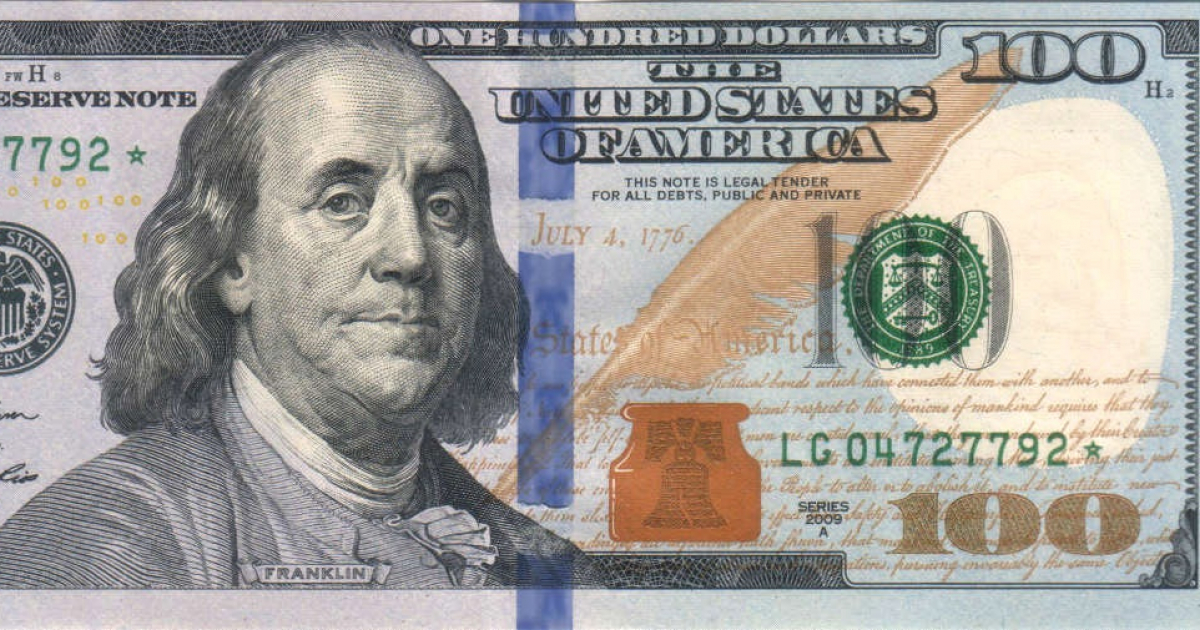During certain times of the year, certain crimes tend to spike, and the police in Cleburne, Texas, have issued a warning: "The counterfeit currency season is in full swing." According to the local Police Department, fake bills have been discovered in retail stores and restaurants. This year, there is heightened concern about an increase in so-called "washed" bills.
Understanding "Washed" Bills
A "washed" bill is a genuine piece of U.S. currency that has had its original denomination removed, only to be reprinted with a higher value. "For instance, a criminal might take a $5 bill and ‘wash’ it to reprint it as a $100 bill," explained the Police Department in a statement.
The unique challenge with this type of counterfeiting is that the bill often passes the "pen test," a special marker used to verify the authenticity of the paper, since the material itself is real. Therefore, officers caution that this test should not be the sole method for detecting counterfeit bills, and they recommend the use of a blacklight, though it is also not foolproof.
Key Features of Genuine Currency: Attention to Detail
The police stress that careful observation is crucial in spotting counterfeit money.
Flawed Printing: Counterfeit notes often display blurry, faded, or poorly defined details.
Color-Changing Ink: Newer bills of $10, $20, $50, and $100 denominations feature color-changing ink in the lower right corner that shifts hue when the bill is tilted. This metallic effect is difficult to duplicate in counterfeit bills.
Ink Quality: When you rub the corners of a genuine bill, the ink should not smear or fade, unlike fake bills, which often use lower quality ink.
Security Thread: Holding a bill up to the light should reveal a security thread that matches the bill's denomination. For example, a $100 bill will have the number 100 on its thread.
Watermark: On $10 bills and higher, the watermark must match the portrait on the bill. $5 bills contain two watermarks of the number 5.
Steps to Take if You Suspect a Counterfeit Bill
If you suspect a bill is counterfeit, the U.S. Secret Service advises contacting local authorities immediately. Additionally, local banks can assist in verifying the authenticity of the currency.
Staying vigilant and adhering to these guidelines can help protect against the use of counterfeit currency in everyday transactions.
